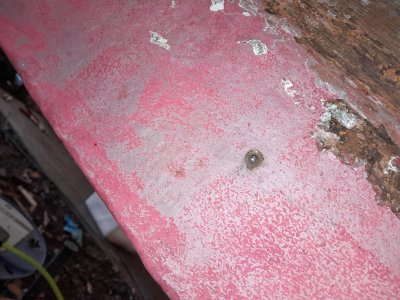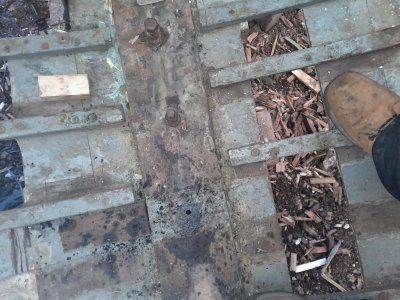ianc1200
Well-Known Member
I would like to drill for new keelbolts. The boat has a hog, false oak keel of about 6" deep, then a cast iron keel about 7" deep. Has anybody successfully done this? Using HSS drill bits at slow speed and with lubrication I'm guessing only getting about 3/4" in 45 minutes.
To give context, this is a 70 year old motorboat. The original, or perhaps I suspect for various reasons, previously replaced, bolts are rusted and almost non-existent above the hog. They are rusted in, and are strangely through the original steamed timber (see previous thread re steaming and laminating). Seems to make sense to cap them, then drill for new between the new laminated timbers. The bolts are 16mm diameter, and we've tried drilling a 8mm pilot hole first, with little noticeable progress.
To give context, this is a 70 year old motorboat. The original, or perhaps I suspect for various reasons, previously replaced, bolts are rusted and almost non-existent above the hog. They are rusted in, and are strangely through the original steamed timber (see previous thread re steaming and laminating). Seems to make sense to cap them, then drill for new between the new laminated timbers. The bolts are 16mm diameter, and we've tried drilling a 8mm pilot hole first, with little noticeable progress.



